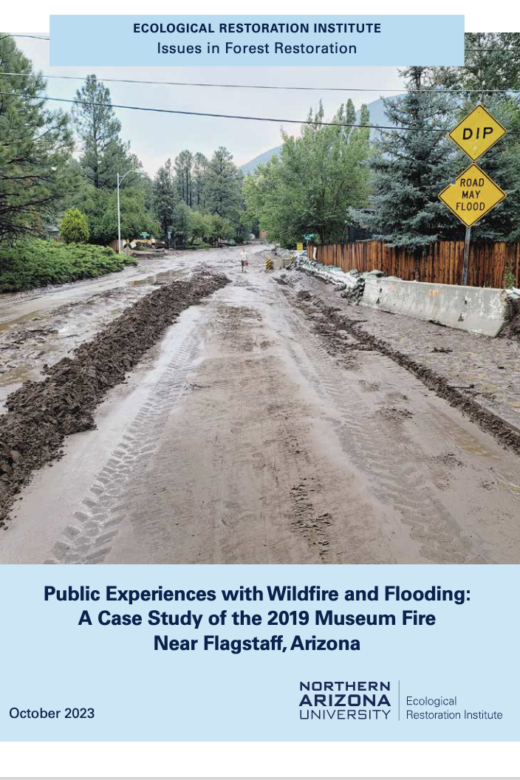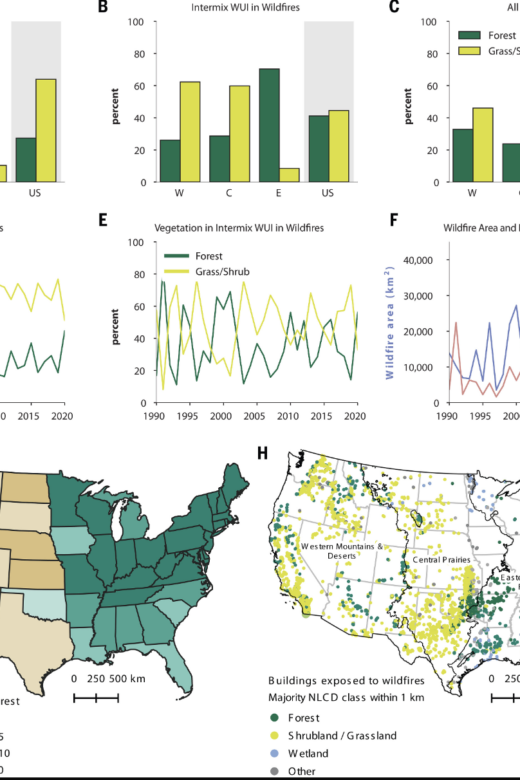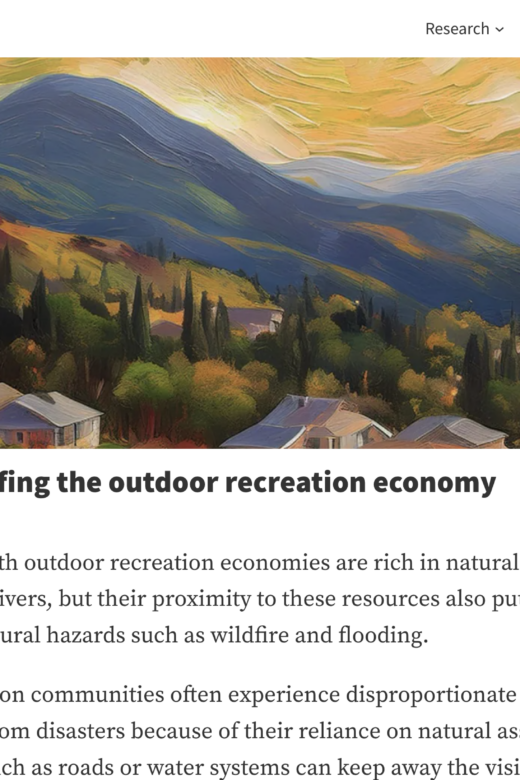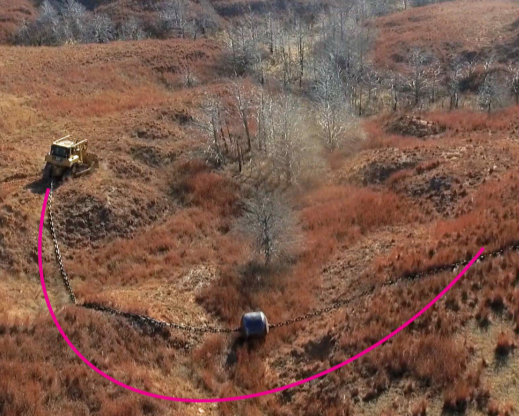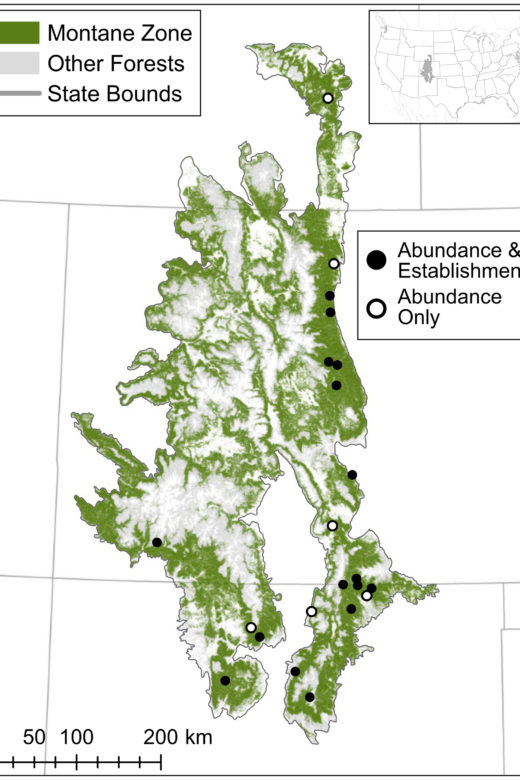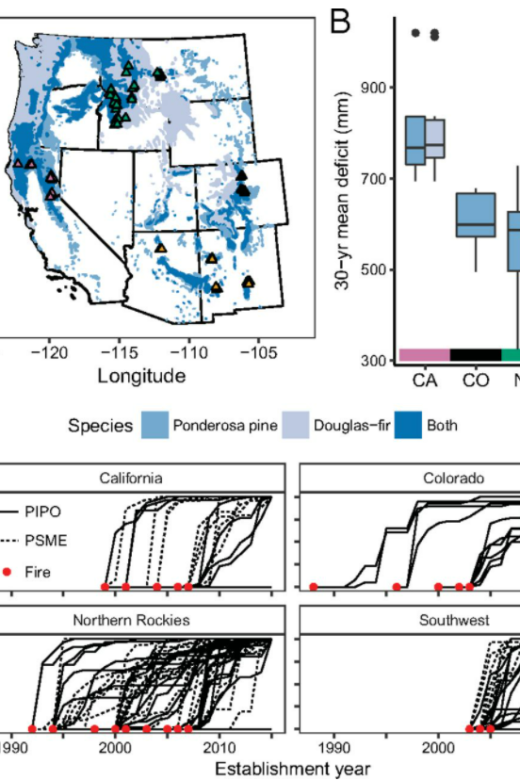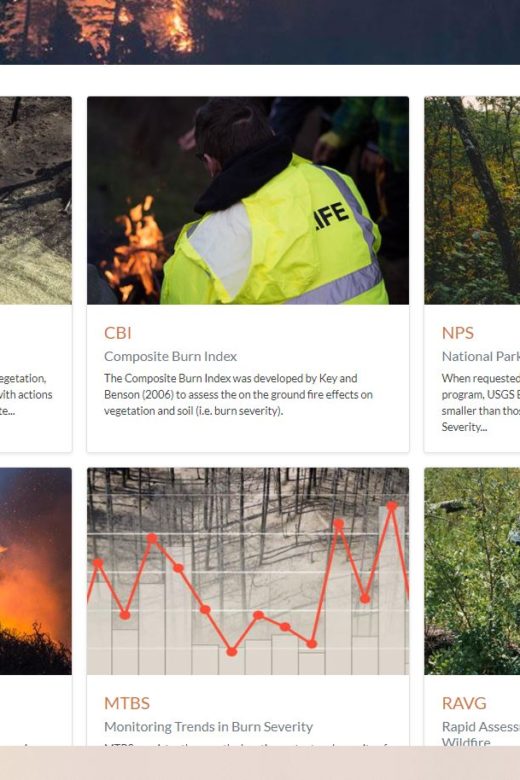Like many communities across the western United States, the greater Flagstaff area in northern Arizona has experienced multiple …
Rising Wildfire Risk to Houses in the United States, Especially in Grasslands and Shrublands
Houses built near wildland vegetation are at greater risk of burning than those farther from the wildland-urban interface, a …
Simulating Daily Large Fire Spread Events in the Northern Front Range, Colorado, USA
This study evaluates methods for simulating and categorizing Extreme Spread Events (ESEs) using fire modeling outputs, analyzing …
Future-proofing the outdoor recreation economy
Explores how outdoor recreation communities can enhance resilience to natural disasters like wildfires and floods while securing …
Continue Reading about Future-proofing the outdoor recreation economy
Use of elevated chaining for cedar skeleton removal following fire
FULL PUBLICATION HERE Tree encroachment in Great Plains grasslands negatively impacts prairie plants and wildlife, along with …
Continue Reading about Use of elevated chaining for cedar skeleton removal following fire
A changing climate is snuffing out post-fire recovery in montane forests
FULL RESEARCH PUBLICATION HERE Climate warming is increasing fire activity in many of Earth’s forested ecosystems. Because …
Continue Reading about A changing climate is snuffing out post-fire recovery in montane forests
Wildfires and climate change push low-elevation forests across a critical climate threshold for tree regeneration
FULL RESEARCH PUBLICATION HERE Changes in climate and disturbance regimes may cause abrupt shifts in vegetation communities. …
Burn Severity Portal
From the U.S. Forest Service and Department of Interior. The intent of this web portal is to provide a single point of access to …

